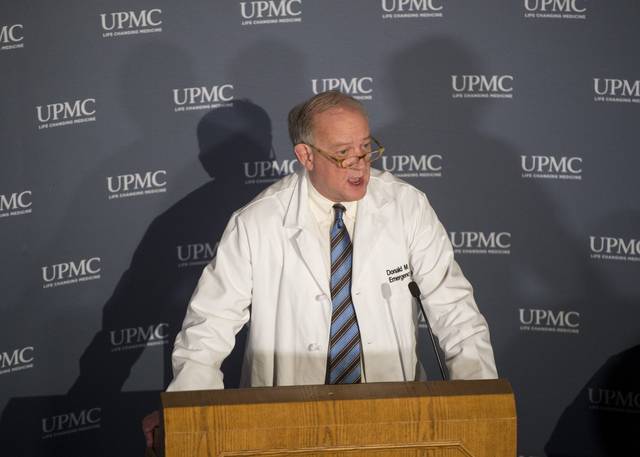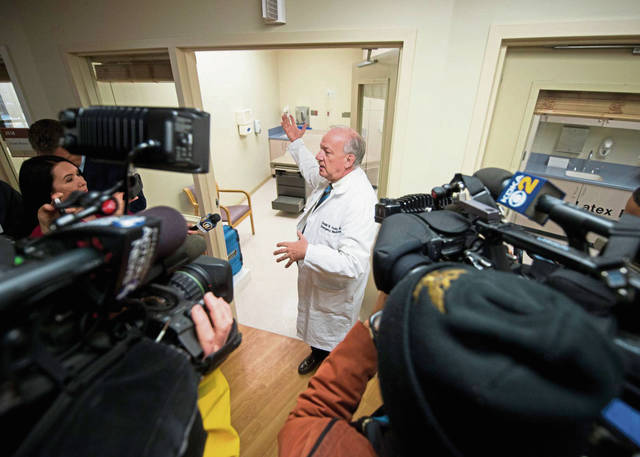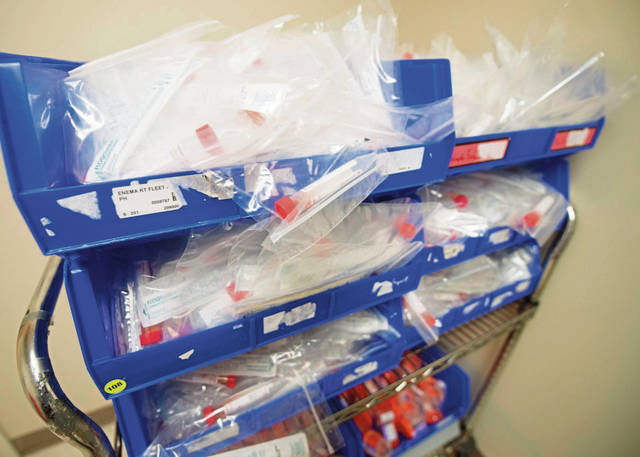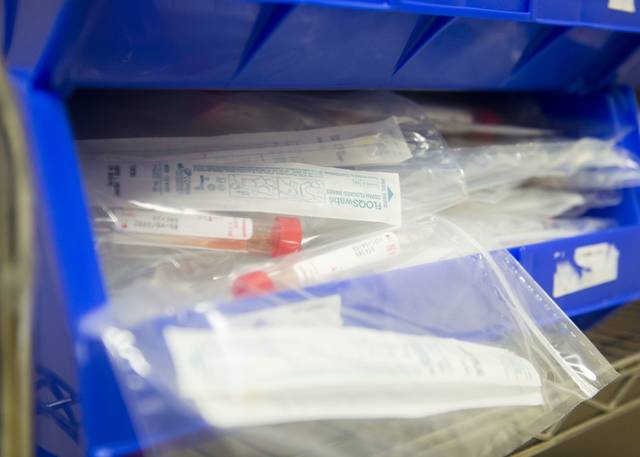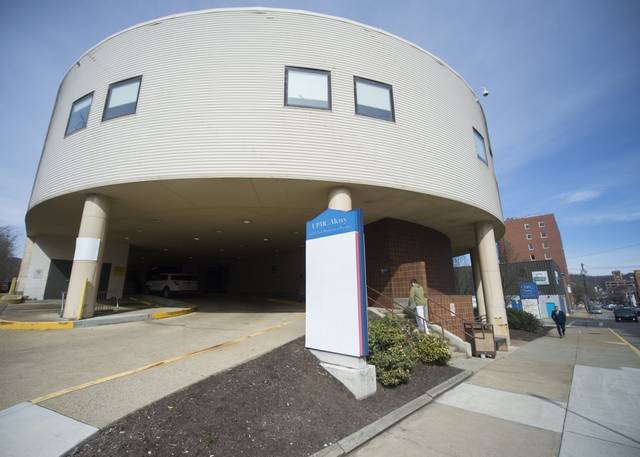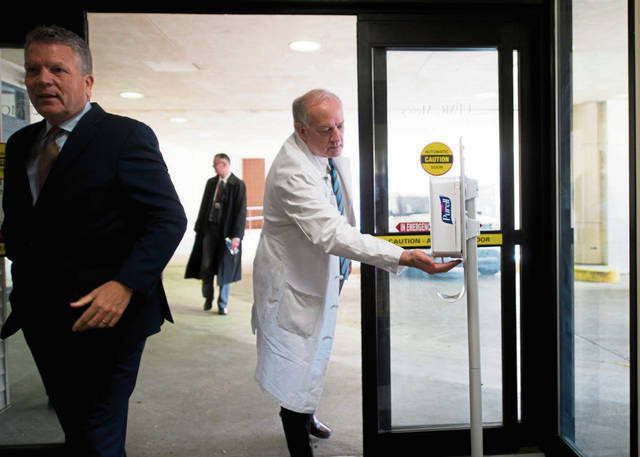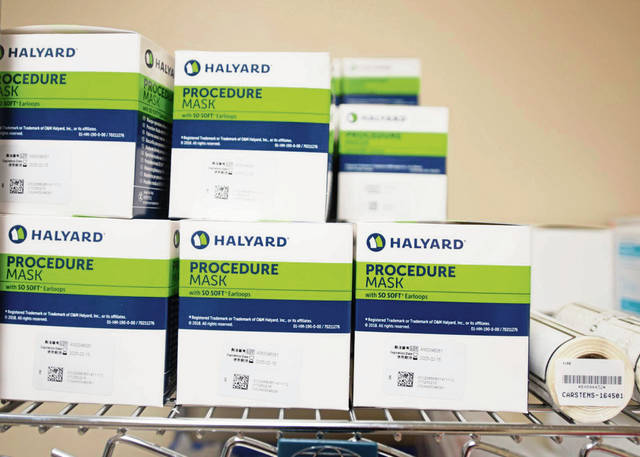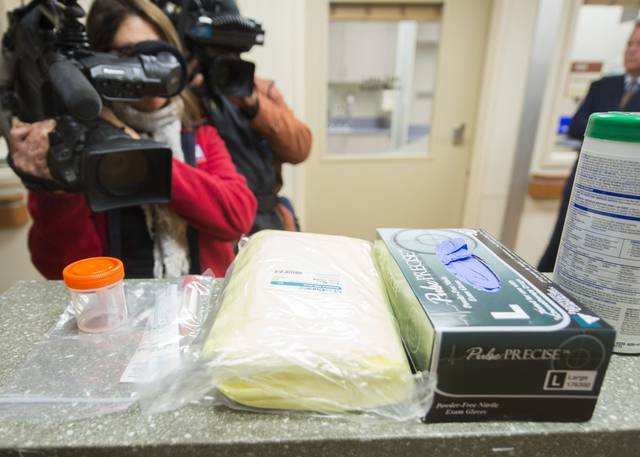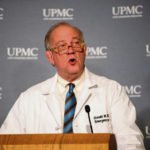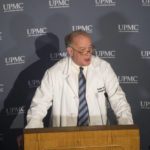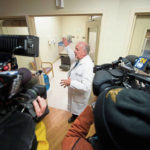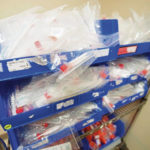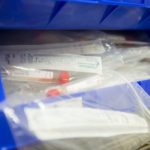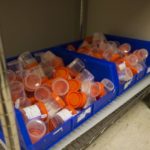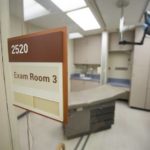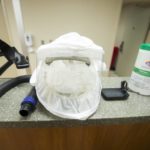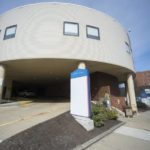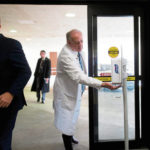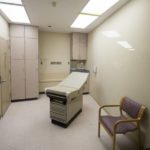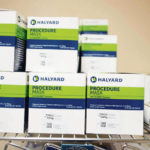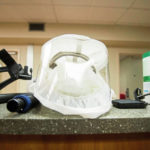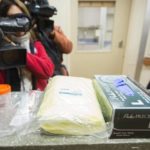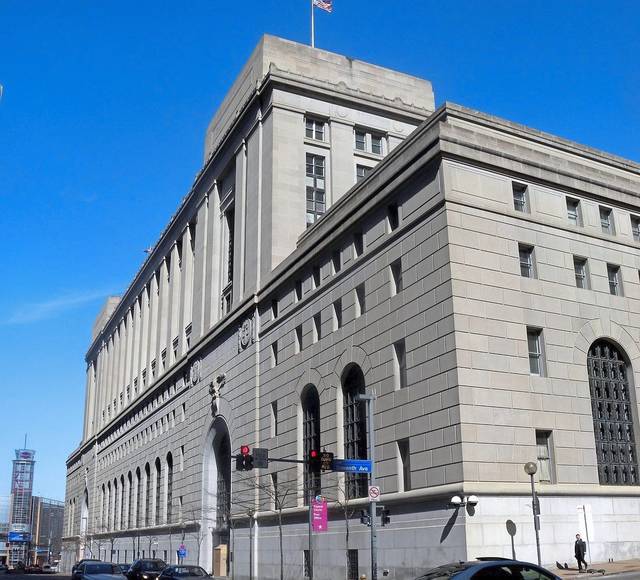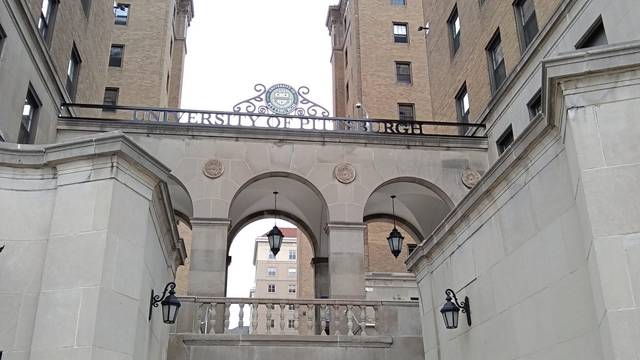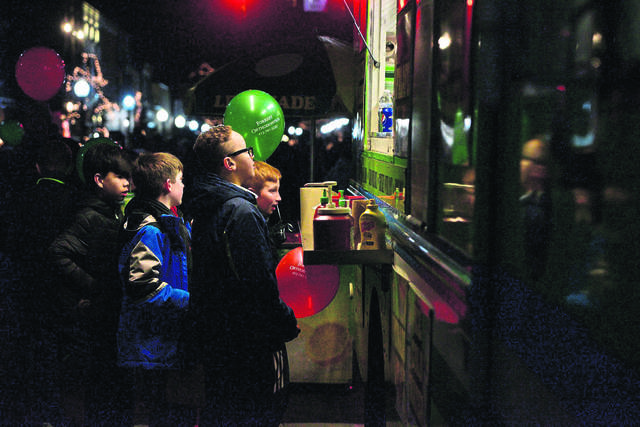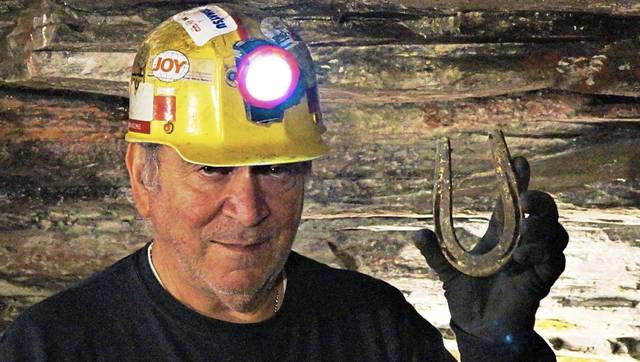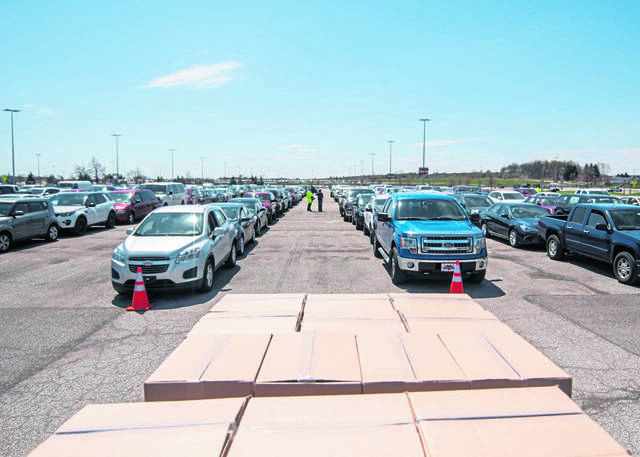UPMC on Tuesday will begin testing patients for the novel coronavirus in a secure facility in Pittsburgh’s South Side, officials announced Saturday, the same day public health authorities revealed the first two positive tests in Allegheny County.
Dr. Donald Yealy, UPMC’s chair of emergency medicine, called the federal testing capabilities “delayed and limited,” and he said UPMC’s in-house test, developed in conjunction with the University of Pittsburgh, will ease the burden on the public health system.
The testing facility, inside the Mercy outpatient center off East Carson Street, will not be open to the public, said Dr. Alan Wells, medical director for UPMC clinical labs. Patients must have a physician’s referral to be tested.
The tests will be done on select, symptomatic cases, and the site will be able to test about 20 patients a day to start, Wells said. Hundreds of patients a week could eventually be tested, he said.
While the in-house test was in the works, doctors at UPMC Children’s Hospital of Pittsburgh developed a research test to mass-screen samples from unnamed patients for the the coronavirus that causes covid-19, said Dr. John Williams, head of pediatric infectious diseases at Children’s.
“This allows us to kind of take a pulse on when the virus might be present in the region,” Williams said, noting that the screening is not for diagnosing individual patients.
He said they’ve tested more than 300 samples taken from kids and adults with cold symptoms at UPMC facilities, and none has come back positive.
That doesn’t mean residents as a whole should let their guard down, he said.
“The data strongly suggests the virus is not widely circulating yet in our region,” Williams said. “The covid-19 virus remains a critical public health threat.”
Wells said medical officials at UPMC had discussed beginning their own test prior to March 3.
“(We) had been in communication with the CDC and FDA and had been told that the federal and state authorities would be able to handle everything,” Wells said. He said they were also told the federal waiver that would allow private entities to develop tests was not yet in place.
Once a test comes back positive, UPMC doctors will alert the patient, their personal doctor and county health officials. From there, it’s a matter of deciding what care should look like.
“Sometimes that will mean care at home with very specific instructions,” Yealy said. “Sometimes that will mean at a hospital facility.”
Many people who develop the infection, he said, won’t have many symptoms or disabling symptoms. Those patients don’t have a reason to recover at an in-patient setting, he said.
About the testing facility
The testing facility is part of the Mercy outpatient center. Patients with referrals and who have already scheduled their test will go in through a side door into what was previously an emergency department and a walk-in urgent care center.
The lobby area is negative pressure, meaning air doesn’t flow freely back outside, said Knox Walk, director of emergency preparedness. The air is contained inside and run through a filtration system. There is one door into the building and one door out, each of them one-way.
The test, which follows guidelines from the federal Centers for Disease Control and Prevention, is done by inserting a thin device into the patient’s nose.
Patients who come in for a test will be asked to self-quarantine pending results.
There are nine exam rooms that are also negatively pressurized, Walk said. Physicians will have access to all the appropriate protective gear, including respirator masks.
UPMC expects to open similar testing facilities in Harrisburg, Erie, Williamsport and Altoona but a date has not been determined, officials said.
Not the best quality because of all the jockeying, but here’s Knox Walk, director of emergency preparedness, on how the testing center will work pic.twitter.com/59LL97KKVx
— Megan Guza (@meganguzaTrib) March 14, 2020
About to tour the UPMC Mercy outpatient center on the South Side, which is where the testing/specimen collection will be done. It’s a negative pressure room, meaning air inside is contained and filtered before it’s pushed back outside. pic.twitter.com/KuP98NPSze
— Megan Guza (@meganguzaTrib) March 14, 2020



